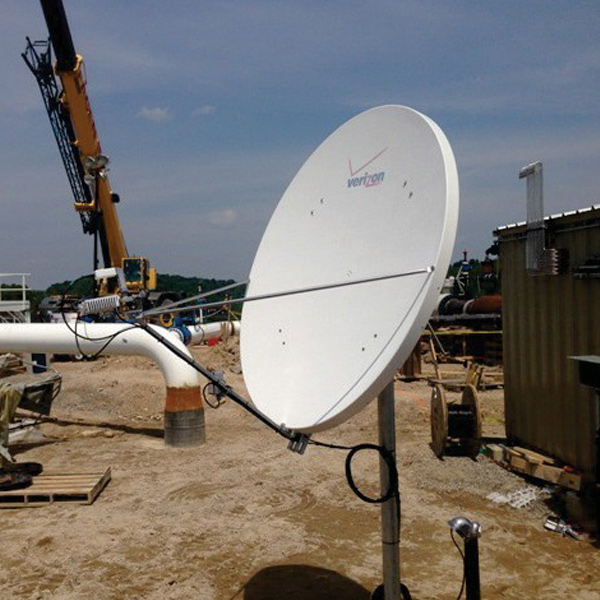
The route was used to test the iBus system in 2007. Fare evasion on the route increased after the introduction of articulated vehicles, leading some passengers to nickname the route 'seventy-free'.

This change was intended to improve peak capacity and decrease boarding times however, a Transport for London advertising campaign to this effect was prohibited by the Advertising Standards Agency as the claims were misleading. On 4 September 2004, route 73 was converted to one-man operation, with the AEC Routemasters replaced by Mercedes-Benz O530G articulated buses. In August 1994, the route-at the time operated by Leaside Buses-was used to test satellite monitoring of buses in an effort to reduce bunching. On 13 August 1988, the route was diverted at Hyde Park Corner to Victoria bus station, being replaced by route 10 west of Hyde Park Corner. The weekend service was cut back to Twickenham in October 1978, and back to Hammersmith in September 1982. This latter route was reinstated between Hammersmith and Richmond in 1966, with route 73 curtailed at Hammersmith on weekdays, continuing to Richmond on Saturdays and Hounslow on Sundays.


It was extended further west to Hounslow on 26 November 1958, replacing route 33. īy 1949, the route had been extended at both ends to operate from Stoke Newington to Richmond. Route 73 commenced on 30 November 1914, and originally ran from King's Cross to Barnes via Euston Road, Tottenham Court Road, Oxford Street, Knightsbridge, Kensington and Hammersmith. Arriva London Mercedes-Benz O530G on Oxford Street in July 2010


 0 kommentar(er)
0 kommentar(er)
